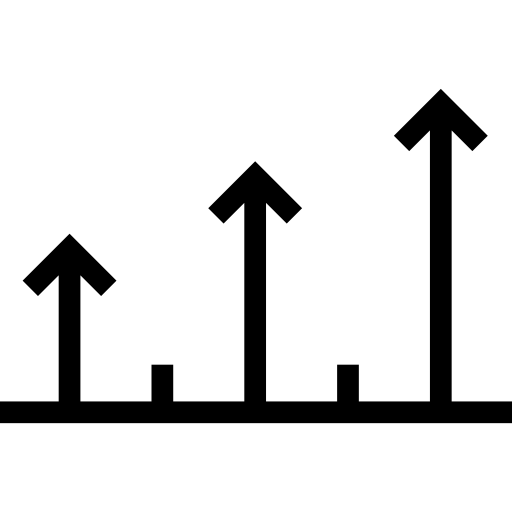
Starting date : March 2020
lifetime : 14 months

Program in support : ANR

Status project : in progress


Partners:

Target market: air quality tests

Investment: Financing of the Alliance Tous Unis contre le virus (Fondation de France, Institut Pasteur, AP-HP)

Releases

Number of patents: n/a
| Stakes
- COVID-19 is a recently occurring disease caused by the SARS-CoV-2 coronavirus. Its spreading is rapid and hard to control. Owing to its recent appearance, the modalities and pathways of the virus contamination are still unclear. Respiratory viruses can be transmitted via multiple routes, e.g. direct contacts with infected surfaces but also in the aerosols of respiratory secretions. Therefore, the SARS-CoV-2 virus must be searched in patients, on surfaces but also in the air to better understand the transmission routes and risks factors.
- Knowledge acquired on the presence of viruses in the air will contribute to adapt measures taken for the prevention and control of infection in healthcare settings.
OBJECTIVES
- The ARISE project will produce an air analyser equipped with detection capabilities for the ubiquitous monitoring of SARS-CoV-2 pathogens in airborne droplets or aerosols in confined environments.
- The ARISE project will produce an air analyser equipped with detection capabilities for the ubiquitous monitoring of SARS-CoV-2 pathogens in airborne droplets or aerosols in confined environments.
- COVID-19 is a recently occurring disease caused by the SARS-CoV-2 coronavirus. Its spreading is rapid and hard to control. Owing to its recent appearance, the modalities and pathways of the virus contamination are still unclear. Respiratory viruses can be transmitted via multiple routes, e.g. direct contacts with infected surfaces but also in the aerosols of respiratory secretions. Therefore, the SARS-CoV-2 virus must be searched in patients, on surfaces but also in the air to better understand the transmission routes and risks factors.
- In this dramatic context, ARISE deals with the development and validation of an analytical chain for the air monitoring of areas at risk of exposure to individuals contaminated by the SARS-CoV2 virus. This solution will be based on (1) an electrostatic air sampler to collect submicron- and micron-sized particles coupled to (2) a microfluidic module containing lyophilised biological reagents designed for a fast in situ isothermal amplification of viral nucleic acids. This strategy will enable reliable detection of viruses in a maximum of 30 minutes. The system will be compact and lightweight and will allow semi-continuous, on-site monitoring. Specific attention will be paid to guarantee its use by non-experts people.
- The ultimate goal of this project is to protect healthcare professionals and their patients by warning of an increased risk of contamination. By setting a reliable watch for pathogens at a point in time where our healthcare structures may be stretched beyond their normal capabilities and health professionals are risking their lives daily, the proposed technology will offer a life-saving solution to warn of the spreading of the disease. The ARISE technology will also analyse the relative contributions of the possible modes of transmission and the virus survival in the air. Accessibility to easy, fast and sensitive measurements in the air will provide strong data to advance our understanding of the propagation of the epidemic, hereby setting a strong foundation for epidemiological models.
|
|